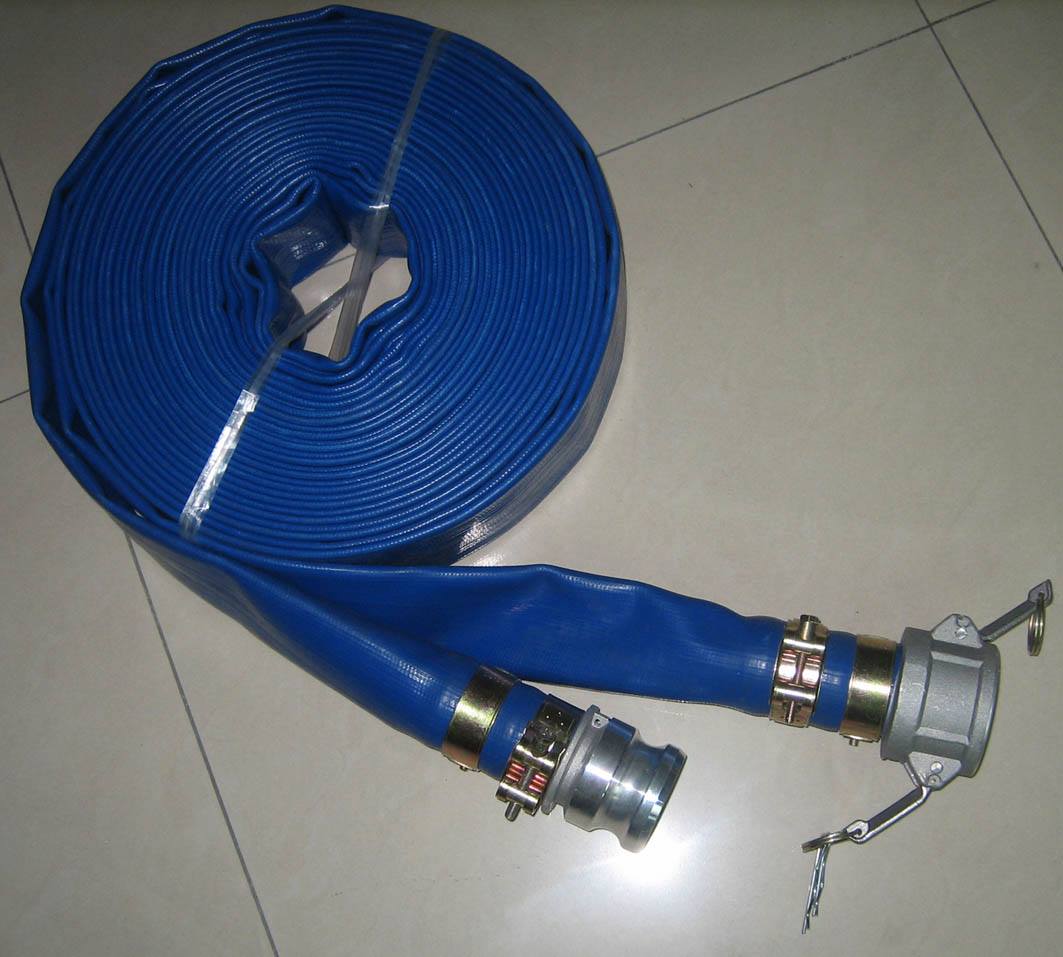Camlock couplings are essential components in various industrial applications, providing a reliable and efficient means of connecting hoses and pipes. Available in several types—A, B, C, D, E, F, DC, and DP—these couplings offer versatility to meet different operational needs. Each type features unique designs and specifications, allowing users to select the most suitable option for their specific requirements.
Type A and B couplings are commonly used for standard applications, while Types C and D are designed for more robust connections. Types E and F are often utilized in specialized scenarios, providing enhanced durability and performance. The DC and DP types cater to specific needs, ensuring that users can find the right fit for their systems.
In conjunction with camlock couplings, single bolt pipe clamps play a crucial role in securing pipes and hoses. These clamps are designed to provide a tight grip, preventing leaks and ensuring the integrity of the connection. When combined with camlock couplings, single bolt pipe clamps enhance the overall reliability of the system, making them ideal for high-pressure applications.

The integration of camlock couplings and single bolt pipe clamps offers several advantages. First, it simplifies the process of connecting and disconnecting hoses, saving time and reducing the risk of spills. Second, the robust design of both components ensures a secure fit, minimizing the chances of failure during operation. Lastly, the compatibility of various camlock types with single bolt clamps allows for flexibility in system design, accommodating a wide range of pipe sizes and materials.
In conclusion, the combination of camlock couplings and single bolt pipe clamps is a powerful solution for industries requiring efficient and secure fluid transfer. By understanding the different types of camlock couplings and the role of pipe clamps, users can make informed decisions that enhance the performance and safety of their systems.
Post time: Oct-29-2024









